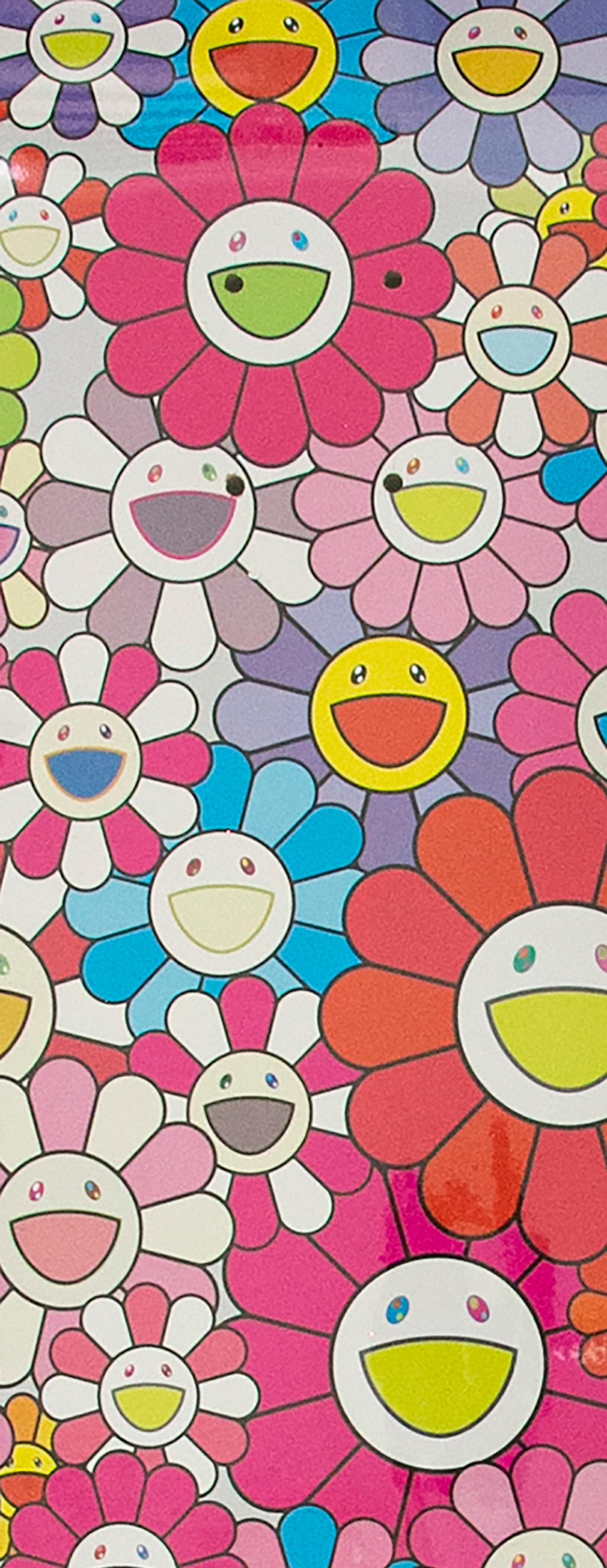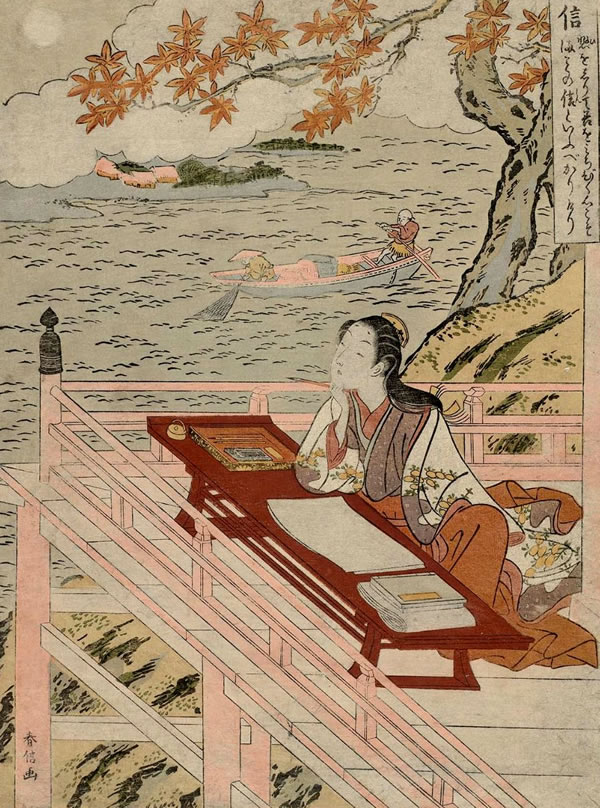
I’ve tested the ink on a wide variety of paper – from crappy Moleskine to high-end Tomoe River. Anyway… due to the purple scanning colour, this is not exactly an ink for use in a business setting.

As can be seen from the bottom of the chromatography, this is not a water resistant ink, and as such not really suited for use at the office. TACCIA’s ink makers definitely show their craftsmanship with this creation. The result is a unique type of colour, that expresses itself with some real personality on the paper. This already hints at the inherent complexity of ume murasaki. The ink’s chromatography shows a truly diverse mix of dyes, with rose, green, yellow and blue tones appearing. And yes… that’s all the same ink! This TACCIA ume murasaki looks best in daylight, so for this review I will show photos instead of scans. Under my scanner it even looks purple! Below – from top to bottom: a photo taken in daylight, the purple scanner image, and a much more brown-leaning photo taken under artificial light. The ink is a real chameleon, whose colour is devilishly difficult to capture. With wet pens, the increased saturation drowns out most of the shading. This translates to soft but prominent shading, but only when using a dry pen. Ume murasaki has a medium dynamic range, without too much contrast between the light and darker parts. This gives you a good idea of what the ink is capable of in terms of colour range.

To show you the impact of saturation on the ink’s look & feel on paper, I made some scribbles where I really saturated portions of a strip of 52 gsm Tomoe River paper with ink. The ink comes in a 40 ml bottle, that is packaged in a beautiful box showing the corresponding Ukiyo-e painting. As you might guess, this ink is totally to my liking and surely one of the most intriguing inks in the TACCIA Ukiyo-e series. Use ume murasaki with a dry pen though, and it opens up in all its exquisite beauty: seducing old-rose tones, strong but not too contrast-rich shading that looks simply wonderful. This TACCIA ink writes fairly saturated – with a wet pen you get a fairly brown-leaning colour without much shading (due to the heavily saturated line). I love it when inks show this type of complexity in their make-up! Ume murasaki translates to “plum purple” – myself I mostly see a brown-leaning old-rose that just looks lovely on pure white paper. The ink shows some intriguing tricks too – it’s a real chameleon, that can look totally different depending on pen-nib-paper combination and depending on the light source. Ume murasaki has a beautiful brown-rose colour. Okita was one of the most famous beauties in Edo, and was frequently depicted by Utamaro. The ink’s inspiration comes from a 1795 portrait of Okita, a waitress who worked at the Naniwaya teahouse near the Asakusa temple in Edo. The ink’s colour is inspired by the tones appearing in woodprint paintings from the Japanese artist Kitagawa Utamaro. In this review, the star of the show is ume murasaki, a brown-purple-rose ink with an intriguing personality.

This allows the production of multiple prints of an artwork with some different colours as well.

Ukiyo-e prints are woodblock prints where the work of an artist is carved into wood by woodworkers, and pressed onto paper by printers. More specifically, TACCIA produce a line of inks, inspired by the unique look of Ukiyo-e paintings from Japan’s Edo period (17th century). They offer high-quality fountain pens, inks, pen-rolls, notebooks, etc. TACCIA is a Japanese stationery company, that - as far as I know - is now part of the Nakabayashi group.


 0 kommentar(er)
0 kommentar(er)
